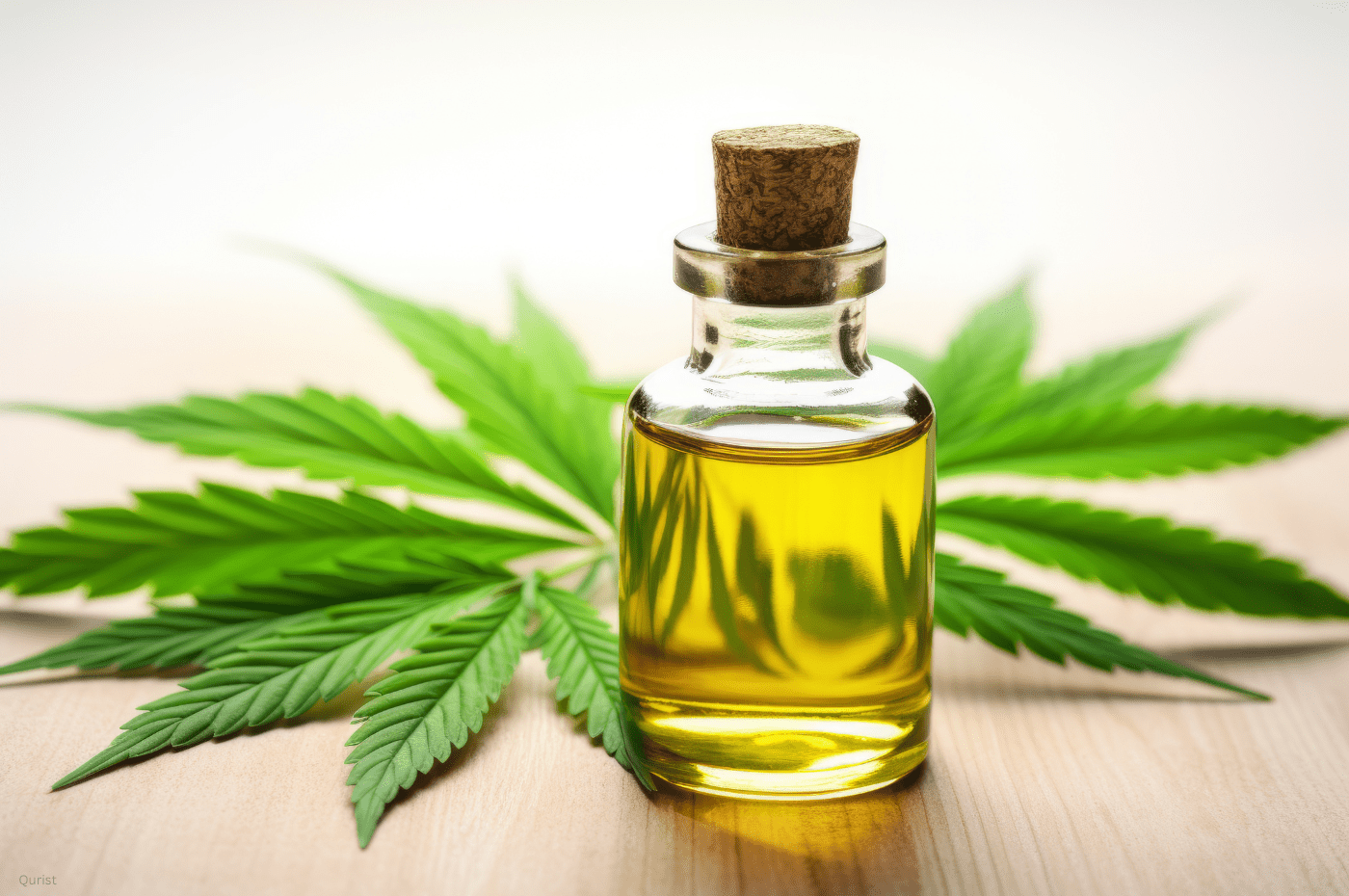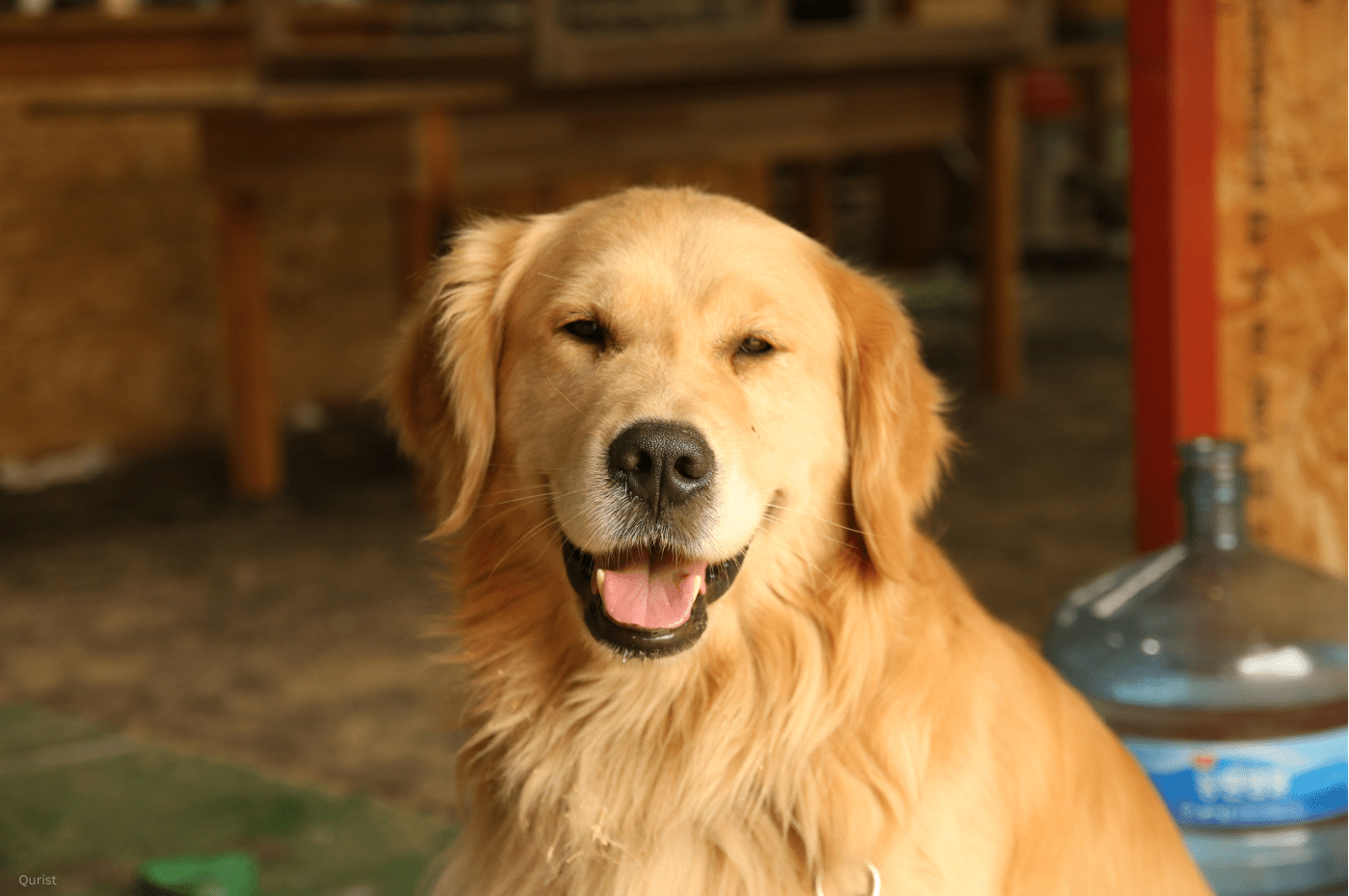CBD oil is becoming increasingly popular as an alternative for wellness support, including uses for pain, anxiety, and inflammation management.
However, one common concern among Indian consumers is its high price tag. But what makes CBD oil so expensive in India?
1. The Complexity of CBD Extraction
Extracting CBD is a highly technical and resource-heavy process. The two main methods include:
- CO2 Extraction – This method uses supercritical CO2 to obtain pure, potent CBD. It requires costly equipment and trained professionals, contributing to higher product pricing.
- Ethanol Extraction – A relatively more affordable method, but it still requires purification to remove impurities, slightly impacting overall product quality.
Brands prioritizing superior extraction methods often charge a premium because purity and safety matter, especially for wellness products.
2. High-Quality CBD Sourcing Costs
CBD oil depends heavily on the quality of the plant from which it is extracted. In India:
- Strict Regulations on Hemp Cultivation – Domestic hemp production is limited due to regulatory restrictions.
- Dependence on Imports – Many Indian CBD products use imported hemp, leading to higher costs.
- Organic Standards – Brands opt for organically grown, chemical-free sources, increasing sourcing expenses.
3. Regulatory Challenges in India
While CBD is not banned, it operates in a regulatory grey area. This uncertainty leads to:
- Limited Domestic Manufacturing
- High Import Duties & Taxes
- Ongoing Legal Compliance Costs
These factors add financial pressure on CBD brands, pushing retail prices up.
4. Third-Party Lab Testing
Credible CBD brands in India ensure independent labs test every batch to:
- Confirm cannabinoid content and potency
- Rule out pesticides, heavy metals, and toxins
- Provide a Certificate of Analysis (COA)
These tests are essential but come at a cost reflected in the product pricing.
5. Limited Market Size & Awareness
The Indian CBD market is still in its early stages, leading to:
- Limited Competition
- Lower Economies of Scale
- Smaller Consumer Base
With fewer players and high production costs, companies keep higher profit margins to sustain operations.
6. Packaging, Branding & Distribution Costs
- Special Packaging – UV-protected and airtight containers are essential for maintaining CBD stability.
- Branding & Education – Reliable brands invest in consumer education and safe formulations.
- Restricted Distribution – CBD products can't be freely sold in all retail channels, increasing storage and logistics costs.
7. Research & Product Development
Creating safe and effective CBD products requires:
- Careful formulation with carrier oils and botanicals
- Investment in ongoing safety and efficacy research
- Legal consulting to stay updated with evolving compliance norms
- This adds to the long-term development cost for a quality CBD brand.
Why Choose a Quality CBD Brand Like Qurist?
While prices may be high, investing in trusted Indian CBD brands like Qurist ensures:
- Thorough third-party lab testing
- Organic, high-quality ingredients
- Pet- and human-safe formulations made in India
- Responsible, transparent practices
How to Save on CBD in India
- Buy in bulk for discounts
- Look out for seasonal offers and promo codes
- Choose a strength that suits your needs to use less per dose
- Compare COA and ingredient quality before buying
CBD oil's higher price in India is driven by multiple factors - from stringent regulations and import duties to safety testing and quality packaging. As awareness grows, regulations become more apparent, and more local production is allowed, we can expect prices to drop gradually.
Until then, it's wise to invest in quality products from trusted Indian brands that prioritize safety, transparency, and effectiveness.





Leave a comment
This site is protected by hCaptcha and the hCaptcha Privacy Policy and Terms of Service apply.